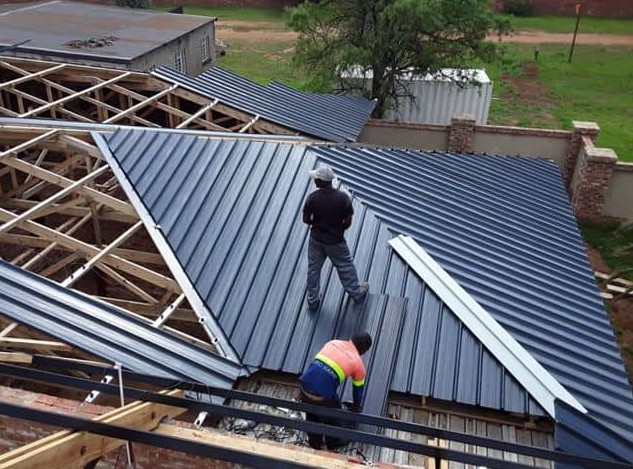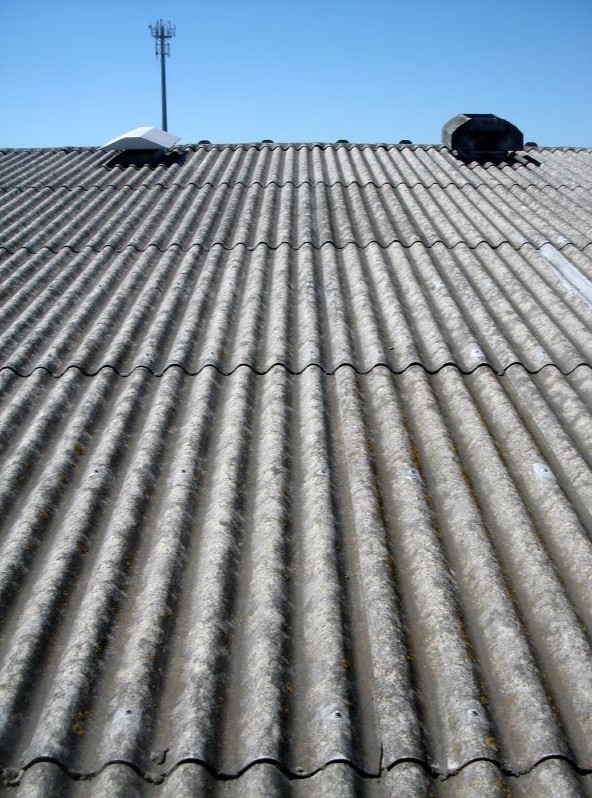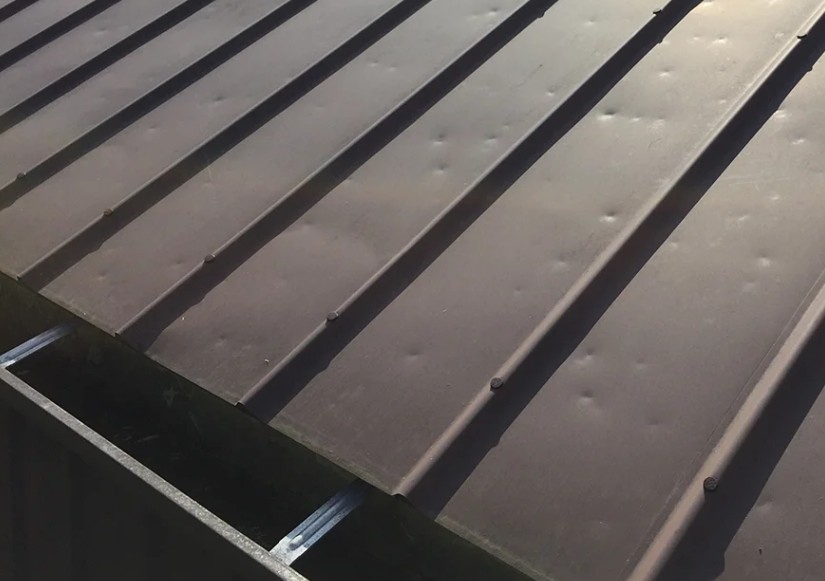Claiming Roof Replacement Through Insurance After a Hail Storm in Queensland: A Complete Guide
Hail storms are a frequent and destructive force in Queensland, and unfortunately, your roof is often the first line of defense against their impact. If your roof has been damaged by a hail storm, you may be able to claim a roof replacement through your home insurance policy. However, navigating the insurance claims process can be complex, and many homeowners are unsure of how to proceed after a storm. This guide will walk you through the steps of claiming roof replacement through insurance in Queensland, from understanding your coverage to working with insurance adjusters and contractors.
1. Understanding Your Home Insurance Policy
Before you can successfully claim roof replacement after a hail storm, it’s important to first understand what your insurance policy covers. In Queensland, most home insurance policies include protection against natural events such as hail storms, but the level of coverage can vary between providers. To ensure you are covered, you’ll need to check the specifics of your policy.
a) Types of Coverage
- Building Insurance: Building insurance typically covers damage to the structure of your home, including the roof. If your roof is damaged during a hail storm, this insurance should cover the cost of repairs or replacement, depending on the severity of the damage. This is the most common coverage that homeowners would rely on for hail damage claims.
- Contents Insurance: While contents insurance covers the belongings inside your home, it generally does not cover damage to the structure. However, if hail damage results in the loss or damage of personal items inside your home (for example, if windows are broken and rain damages furniture), contents insurance may cover those losses.
- Combined Insurance: Many homeowners choose combined building and contents insurance for more comprehensive protection. If you have this type of policy, both your home and its contents will be covered under the same insurance plan.
It is crucial to check if there are any exclusions related to hail storms or weather-related events. Some policies may have specific clauses regarding natural disasters, which could affect the extent of your coverage.
2. Steps to Take Immediately After a Hail Storm
Once the storm has passed and it is safe to inspect the damage, there are several key steps you should take. These actions will help protect your property, ensure a smoother claims process, and improve your chances of getting an approved claim.
a) Assess the Damage Safely
Do not attempt to go on the roof immediately after the storm if it’s still unsafe. If there are downed power lines or other hazards nearby, it’s essential to wait until authorities declare the area safe. Once you’re able to assess the damage, look for:
- Dents or cracks in roof tiles or metal roofing.
- Damage to gutters or downpipes.
- Broken or cracked windows.
- Leaks or water stains inside your home.
Documenting the damage thoroughly is crucial. If it is safe to do so, take clear photographs or videos of the damage from different angles. This documentation will be essential for your insurance claim.
b) Prevent Further Damage
While it’s important to document the damage, it is equally important to take immediate steps to prevent further issues, especially if there are leaks or exposed areas. This may involve temporary fixes such as:
- Placing a tarp over holes in the roof.
- Covering broken windows with plastic sheeting or board up the openings.
- Clearing debris from gutters and downpipes to prevent water accumulation.
If possible, keep receipts for any materials or tools used in these temporary repairs, as your insurance company may reimburse you for these expenses.
c) Contact Your Insurance Provider
Contact your insurance provider as soon as possible after the storm to notify them of the damage. Most insurers have a 24-hour claims service, and some may even provide assistance with emergency repairs.
When contacting your insurance company, make sure to:
- Provide details of the hail storm (date, time, severity, and any other relevant details).
- Report the damage to your roof and any other affected parts of your home.
- Ask about the next steps and the timeline for processing your claim.
Many insurance companies also have a dedicated claims portal that allows you to submit your claim online, making the process quicker and more convenient.
3. The Insurance Claims Process for Roof Replacement
Once you have contacted your insurance provider and filed your claim, the insurer will guide you through the claims process. The specifics may vary by provider, but the general steps usually include the following:
a) Insurance Assessment
After you file your claim, the insurance company will likely send an assessor to inspect the damage. This person is usually an experienced insurance adjuster who will examine the roof, the overall damage, and any other aspects of your claim. The assessor will:
- Inspect the condition of your roof and other affected parts of your home.
- Take measurements and document the severity of the damage.
- Compare the damage with the information you’ve provided in your claim.
It’s important to be present during the assessment to ensure that the assessor sees all damage and to answer any questions they may have about the event. The more detailed and accurate your documentation, the easier it will be for the assessor to process your claim.
b) The Insurance Decision
After the assessor evaluates the damage, they will report their findings to the insurance company. The insurer will then make a decision regarding your claim. There are a few potential outcomes:
- Full Coverage: If the damage is extensive, your insurance company may approve the claim in full and provide the funds necessary to replace the roof or carry out repairs.
- Partial Coverage: If the damage is only partial or the roof is repairable, the insurer may approve a partial payment to cover repairs rather than a full replacement.
- Rejection of Claim: If the insurer determines that the damage is not related to the hail storm, or if there are exclusions in your policy, the claim could be rejected. If this happens, you may appeal the decision or seek legal advice.
c) Settling the Claim and Getting the Roof Replaced
Once the claim is approved, your insurer will typically provide a payout for the repairs or roof replacement. This payout may cover the full cost or a portion of the cost, depending on the terms of your policy.
In some cases, the insurance company may choose to pay a contractor directly. In others, they may issue a payment to you to arrange the repairs independently. If you have a preferred roofing contractor, you can ask your insurer if they are allowed to complete the work, though some insurers may have preferred contractors they recommend.
Be sure to review any estimates from contractors to ensure the cost aligns with your payout. If the estimate exceeds the insurer’s offer, you may need to negotiate or explore your options for additional coverage.
4. Working with Contractors for Roof Replacement
Choosing the right contractor is crucial to ensuring the roof replacement is done professionally and to a high standard. You can either choose a contractor suggested by your insurance company or hire your own. Make sure that the contractor is licensed and experienced with hail damage repairs.
a) Selecting a Roofing Contractor
When hiring a contractor, consider the following:
- Licensing and Accreditation: Ensure the contractor is licensed with the Queensland Building and Construction Commission (QBCC).
- Experience: Choose a contractor experienced with hail damage repairs.
- Insurance: Verify that the contractor is insured to carry out the work.
- Written Quotes: Obtain a written quote before the work begins, outlining the costs of labor, materials, and any additional charges.
b) What to Expect from a Roof Replacement
During roof replacement, the contractor will remove the damaged sections of the roof and install new materials according to your specifications and the approved insurance payout. Depending on the size and complexity of the job, the process can take several days to complete.
Make sure to stay in communication with your contractor throughout the process and be available for any necessary inspections. Once the work is completed, the contractor will typically provide a final invoice, which should be compared with the insurance payout.
5. Common Pitfalls to Avoid When Claiming Roof Replacement Insurance
While the insurance claims process is generally straightforward, there are a few common mistakes homeowners make that can delay or jeopardize their claim:
- Failing to Document the Damage: Always take photographs and detailed notes about the damage before making temporary repairs. The more evidence you have, the better your chances of a successful claim.
- Delaying Your Claim: Insurance policies typically have time limits for filing claims after an event. Failing to report damage promptly could result in your claim being denied.
- Not Understanding Your Policy: Read your insurance policy carefully to ensure you are clear on what is covered. If you have any doubts, reach out to your insurer for clarification.
- Choosing the Cheapest Contractor: While cost is a factor, choosing an unqualified or unlicensed contractor can result in poor workmanship that may not meet your insurer’s standards.
6. Conclusion
Claiming roof replacement through insurance after a hail storm in Queensland can be a smooth process if you follow the right steps and ensure that you have the proper documentation. Understanding your insurance policy, reporting the damage promptly, and working with licensed contractors are all key to a successful claim. By following this guide, you can make sure that your roof is replaced efficiently and that your home remains safe and protected.


